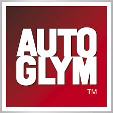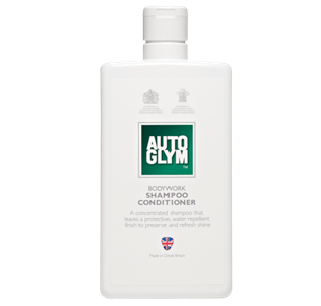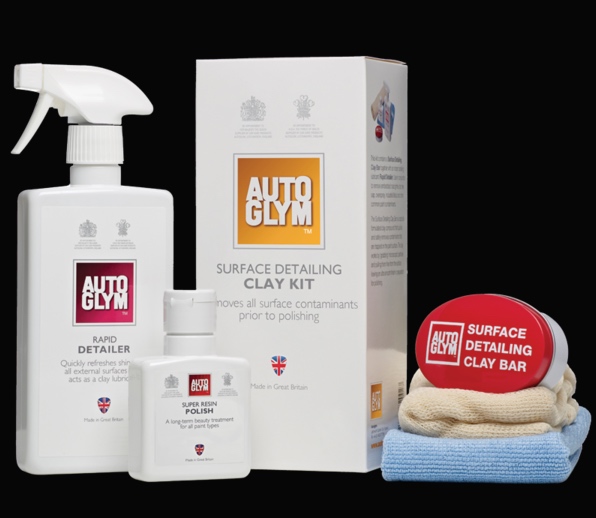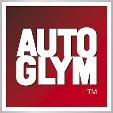Swirl marks, technically what are they, what causes them, is any simple hand polish capable of removing them and how to prevent them. The ‘swirls’ are caused by a large number of fine scratches in the paintwork.
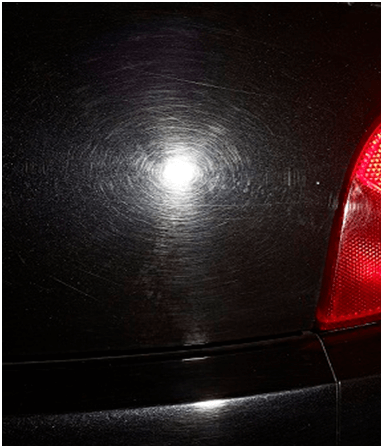
The scratches can run in all directions and only look like a swirl or cobweb as a result of the way they scatter light from a single point of light. This is an important point to understand. The scratches are likely not circular in nature, it is just the way the collection of them is reflecting the light. When you look closely at the surface you might see that a good number of the scratches run along the length of the car in the direction of travel.
There is a lot of misunderstanding about where swirls and spider webbing comes from. A lot of people assume that the swirls are due to automatic car washing. Indeed you can get some of this effect from an automatic brush wash depending on the brush material and the set-up of the machine. However you can get swirls on a car that has never been through an automatic wash.
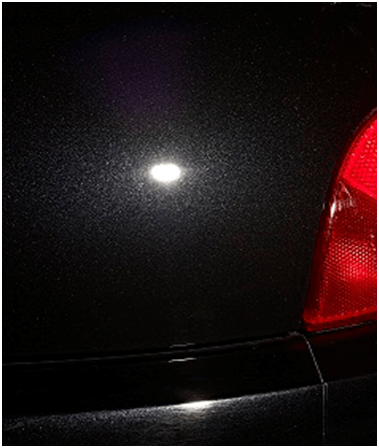
People also say it’s from sponges or grit in the sponge. It’s true there are lesser quality sponges on the market which are more abrasive than others but what if a car hasn’t been sponged?
The truth is it probably isn’t possible to avoid swirl marks. Just driving the car causes it to come into contact with fine particles, which bounce off of paintwork at 100km/h and can put tiny scratches into the paint. The dusty Australian environment means this is a significant contributing factor here.
Severe swirls and cobwebs may need professional attention and the use of machine. Indeed the longer you leave the issue unattended, the more likely this will be. However, a hand applied polish will have a positive effect in removing the scratching and a decent wax coating will enhance this further.
In essence – if you reduce the visibility of the scratches you reduce the swirl marks.
It’s useful to note that the effect is not particularly related to the depth of the scratch. The worst swirls are seen on paint, which has consistent closely presented scratches which can be quite fine. A single deep scratch won’t give you the cobweb effect. The effect usually arises from lots of small scratches in the same area.
As with any paint rectification we recommend you start with the least invasive action first and then gradually increase the severity of the rectification process.
The first step is to try a hand process. As we said, severe issues will likely need professional assistance but this process will have a positive impact.
First wash the car as you normally would using Autoglym Bodywork Shampoo and Conditioner. We would also recommend that you de-tar the paintwork.
Small amounts of tar come off the roads and are often difficult to see on the paintwork. You will only need to de-tar the vehicle from just above the wheel height all around the car. Use Autoglym Intensive Tar Remover to do this job.
Then its worth clay baring the car. This is designed to provide a deep clean and remove all bonded contaminants from your paintwork, which are generally called Fallout. Fallout is a catch all term for environmental contaminants that bond to your paintwork. What is it exactly? It depends on where you live but it is usually metallic particulate matter that detergents or solvents can not budge. This is made worse by acid rain, which helps to create an active area around the metal particle (dissolving some of it) which helps to soften the paint and lodge the metal particle more firmly into the paint.
The Autoglym Surface Detailing Clay Kit, provides everything you need to perform this process.
Spray the supplied Rapid Detailer onto a small piece of the Surface Detailing Clay and gently move the clay over the surface with a linear action. Once the area is smooth, wipe away excess Rapid Detailer with the blue microfibre cloth.
Why perform this process? De-taring and Clay Bar will not, on their own, rectify the problem, but they will remove all the contamination from the paintwork so that the polish can get in there and do its job properly.
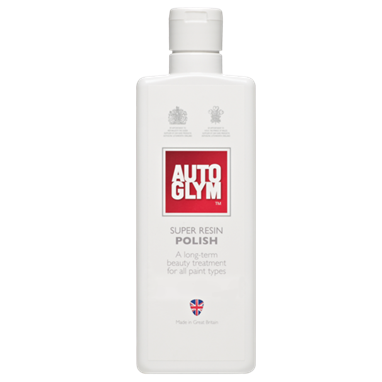
For scratch repair, Autoglym Super Resin Polish will leave your paintwork like new and free of light scratches and scuffs.
Simply apply it with a sponge applicator in overlapping circles, and then finish in straight lines. Allow the residue to dry for 10 minutes and then buff to a shine with a Hi-Tech Finishing Cloth. Autoglym Super Resin Polish contains low molecular weight resins which ensures lasting protection from harsh environmental conditions.
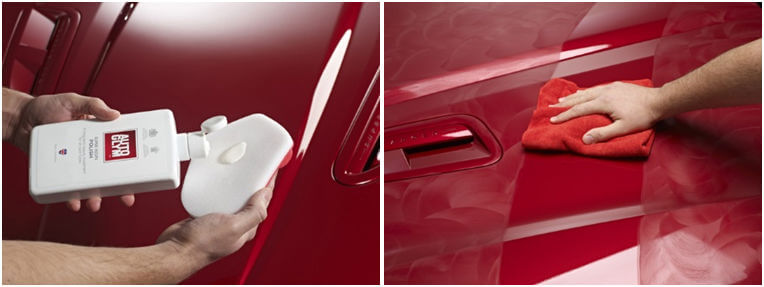
The last step is to apply a protective coating in the form of a wax. We recommend High Definition Wax. This will further enhance the paintwork and provide long lasting protection.
If this process does not restore your paintwork to your desired level then we recommend you consult a reputable professional to machine polish your paintwork.
Remember that once the swirl marks have been removed, continuing to use the proper Autoglym products and techniques is vital to maintaining your cobweb-free finish.
